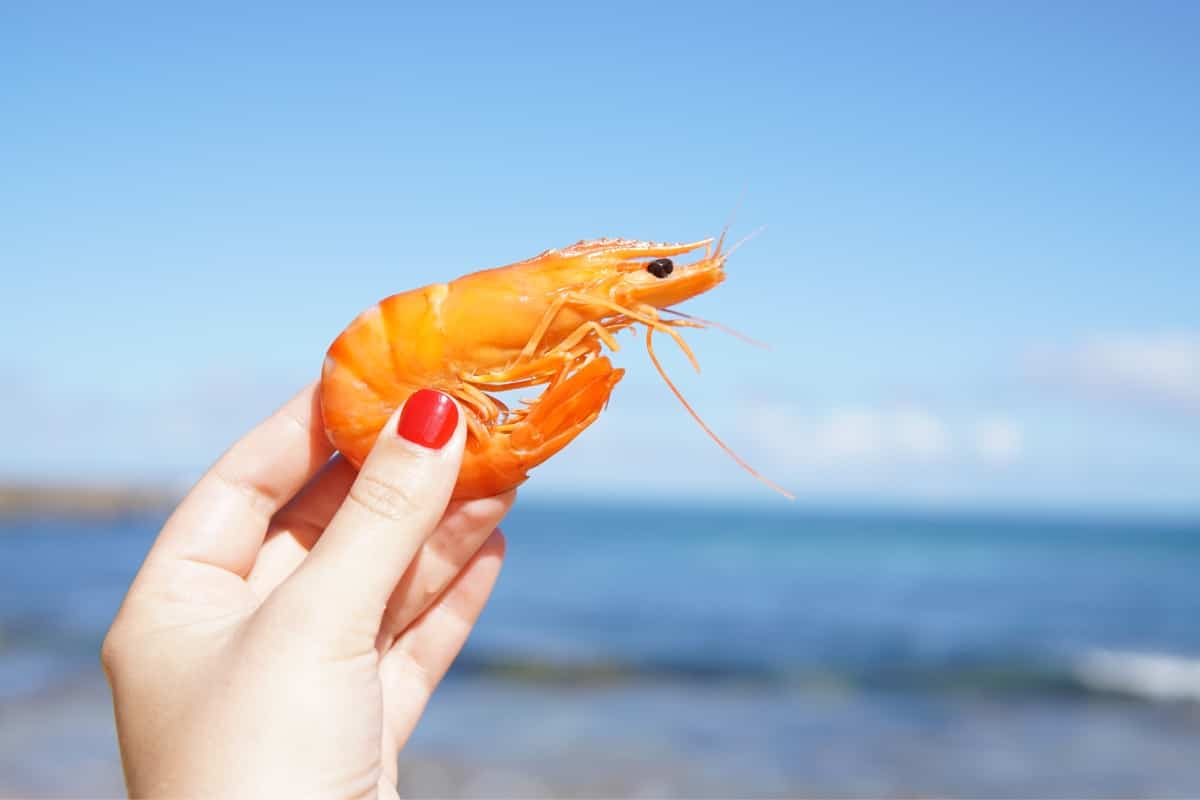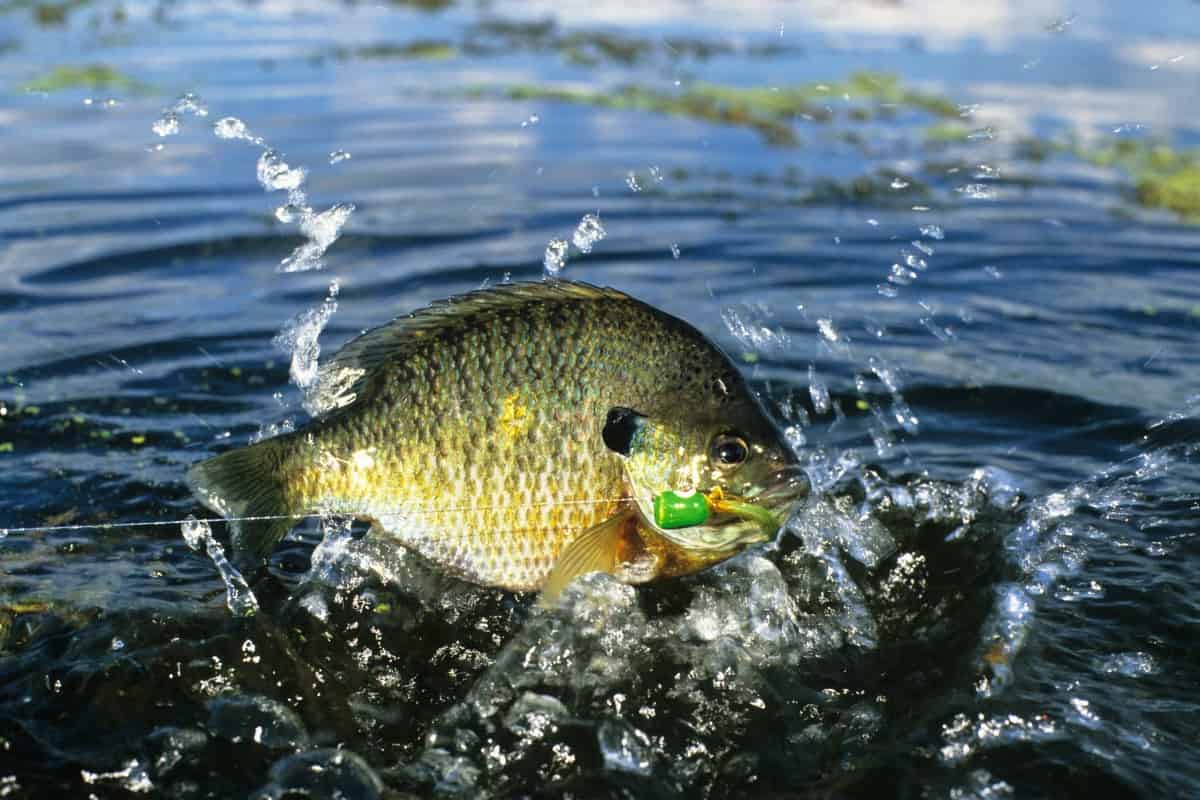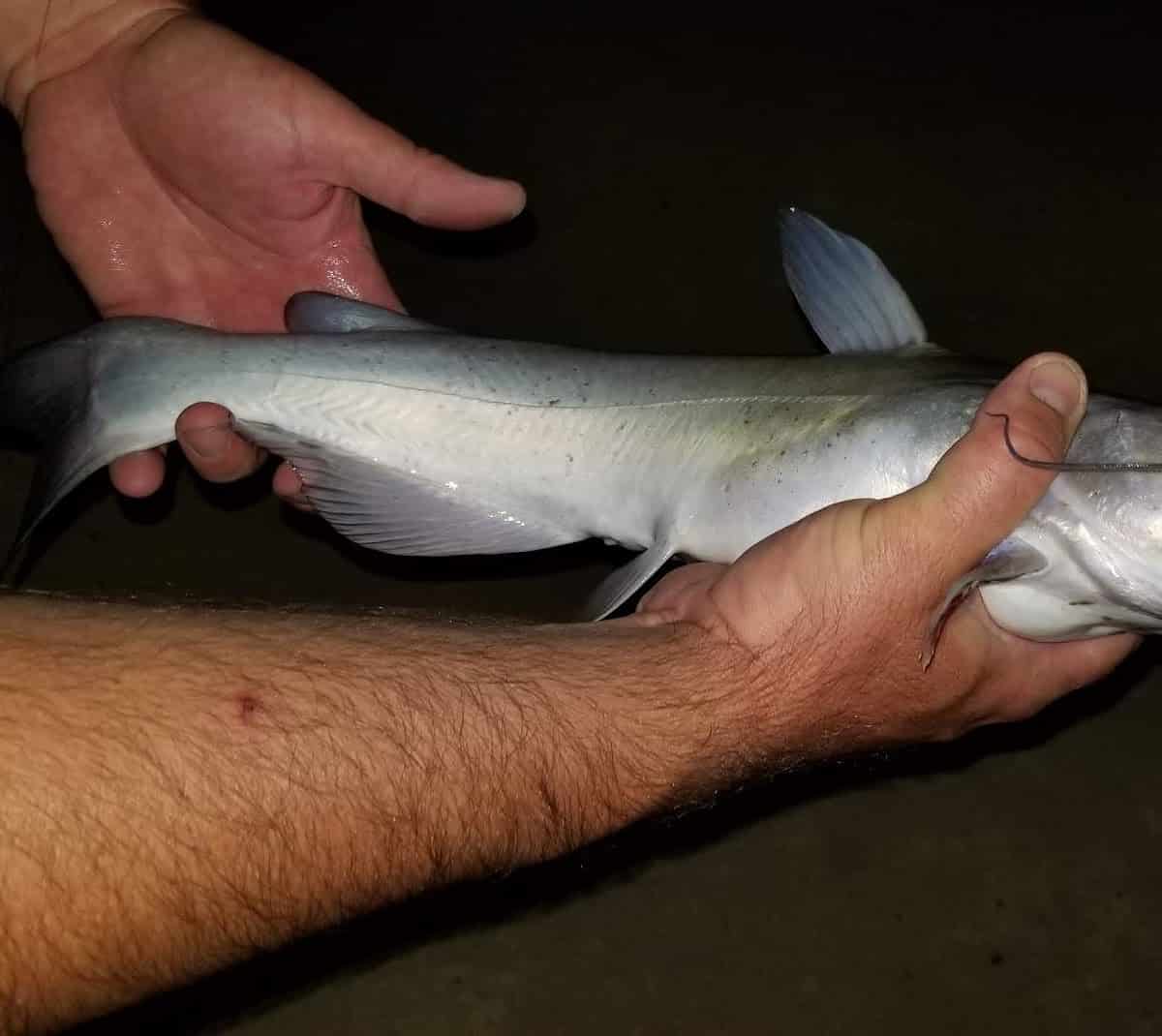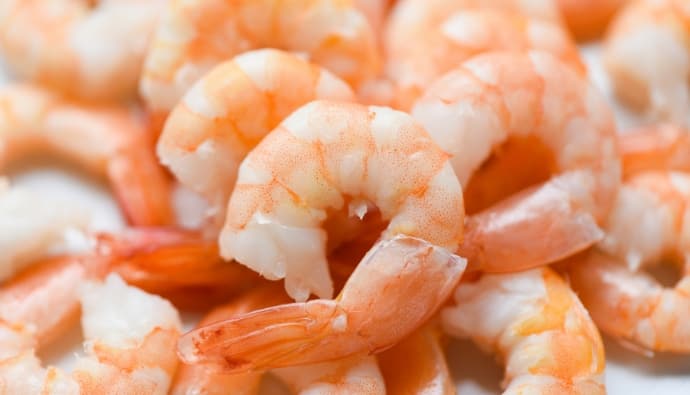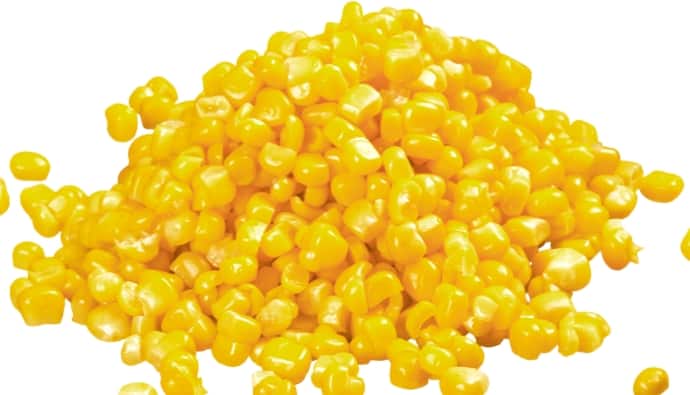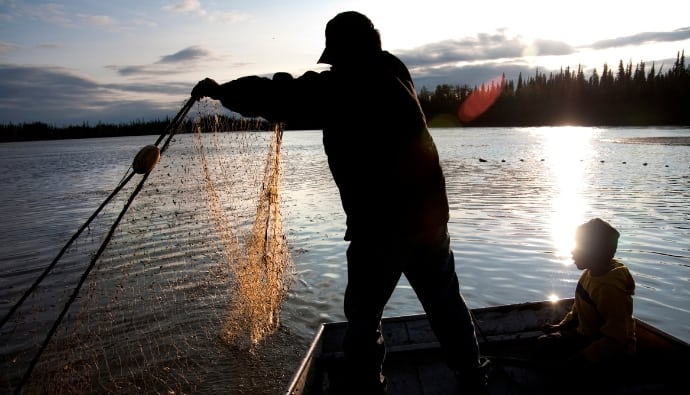Why should you learn how to hook live shrimp? First, it’s practically easy to know and do, and second, it’s a great bait to rig that gives you good fishing action.
Many game fish like the blue runner and other freshwater fish like the pangasius love to bite on natural live shrimp bait.
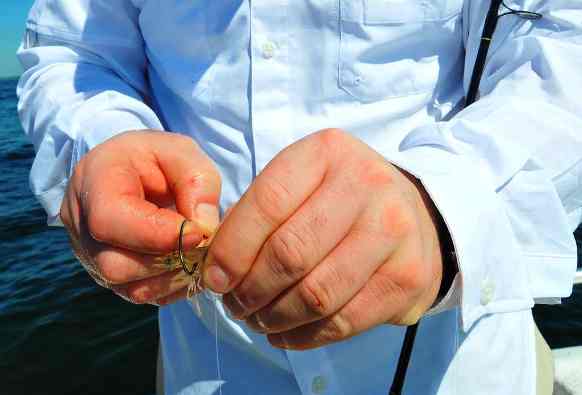
Live shrimps can be a good live bait in catching more fish like bull trout, tiger trout, snook, lane snapper, sheepshead, and redfish, among others. It is an excellent natural live bait to introduce children and newbie anglers to fishing with, as rigging and casting it is easy.
As long as you keep the shrimp alive when rigging it, its kicking action will make many game fish swimming in SoCal water go crazy.
What You’ll Need to Rig Live Shrimp
Here’s everything you need to rig live shrimp.
Hook– Your hook size should match the size of your bait. The use of circle hooks allows your catch to be less wounded and increases its survival rate if you plan to release them.
Popping cork– This allows your bait to drift and does not have rattles, which may shock bigger fish like snook.
Leader line– The length of your leader line depends on the depth of the water you’re fishing.

How to Hook Live Shrimp
The best way to hook a shrimp as live bait is through its carapace or outer covering. But there are many ways to hook on the carapace. Correctly rigging live shrimp will help you keep your shrimp alive, as you don’t want a dead shrimp to use as a live bait rig.
Head Part
Behind the horn is where you can hook the shrimp when you want to rig shrimp through the head part. You can insert your hook point just below the head and push the wire to the top of the head.
When rigging the head part of the shrimp, make sure you do not hit the brain, which is the dark spot on the shrimp’s head. Hooking the shrimp this way allows it to leave the legs and tail free to move. When you hook the shrimp on its head, you will enable it to be in its natural position in the water.
Middle or Body Part
When rigging through the shrimp’s body part, see to it that you avoid the dark spots, which are the digestive system and pancreas of the shrimp. Hitting these parts will instantaneously kill your bait, deferring the idea of live bait.
Some anglers prefer inserting the hook point on the tail first, then go through the part behind the head, and others like it vice versa. This rig is best for bottom fishing but makes for awkward casting.
Tail Part
Many anglers prefer to rig this way as it is easy casting the shrimp when the head is in the front, avoiding the accidental mid-air tear-off. If casting distance is important to you, especially when trying to put bait in front of a cruising fish, hooking the shrimp through the tail or hook crosswise (bottom) is your best option.
When hooking through the tail, remove the shrimp’s tail fan first to allow the shrimp to release a scent into the water to attract hungry fish. Then, insert the hook point at the center of the tail until you can’t see the shank anymore. Hooking the shrimp this way allows the hooked bait to be aerodynamic.
Live Shrimp Vs. Frozen Shrimp
Live Shrimp
Advantages
- They are more durable
- They provide more action with their kicking movement
- They’re easy to rig
- Entice the target fish to bite the easy “wounded” prey when they bleed scent
Disadvantages
- Extra care needs to be observed on the way you hook the shrimp so as not to hit vital organs and kill the bait shrimp.
Frozen or Dead Shrimp
Advantages
- Easy to get hold of and keep
Disadvantages
- Less durable, easier to be torn apart as they cannot evade predator fish
- No natural kicking action that mimics a wounded prey to entice the fish
Keeping the Shrimp Alive
When fishing, you want to keep your bait alive as much as possible to ensure an effective bait. You will need to add an aerated bait bucket to your gear essentials when fishing with live bait like shrimp.
Then, fill the bucket with cold water as shrimp like cooler temperatures. You will want to equip yourself with the larger shrimps, which thrive much longer than the smaller ones.
Frequently Asked Questions
Many shrimp rigging methods are acceptable, but the best way to hook them depends on where you’re fishing and how long you’re fishing. Rigging through the head is best if you want to present the bait vertically, and if you’re bottom fishing, rigging it through the body is what most anglers prefer. Rigging through the tail is an option if you are in for a short time fishing, but it does leave a scent in the water to attract many game fish.
Pro Fishing Tips
- When you want to hook the shrimp and use it to catch trout, snook, snapper, redfish after redfish, or other fish, equip yourself with the essential gear you can use to keep the shrimp bait from dying.
- When hooking the shrimp, you need to know the spots not to poke with your hook point to keep your bait from dying. Using a weighted popping cork may help the shrimp swim upright. With any live bait rig, you need to check your hooked bait once in a while after casting it to see if it is alive or dead.
- Depending on the fish you’re trying to catch, use the lightest and smallest hook when fishing live shrimp so the shrimp can swim freely.




 Facebook
Facebook YouTube
YouTube